Ledger Blue Description 2025
The Ledger Wallet Blue is the latest hardware wallet from Ledger and impresses with its even easier operation. This model now also has a touch screen and improved connectivity via Bluetooth.
Ledger Blue makes hardware wallets even more convenient
Ledger Blue is the most advanced hardware security equipment on the market. It has multi-application execution and combines enterprise-level crypto capabilities with a lightweight handheld device. Manufactured and developed in France, it meets the highest standards. It is built around a secure element, with a touch screen and USB & Bluetooth connectivity.
A powerful and flexible device
Ledger Blue is the latest product from Ledger, which has been developed over two years of research and development. This high-end device embeds a large touch screen to securely manage transactions and complex, intelligent contracts. Its smooth, yet rugged housing incorporates best-in-class technology built on the Blockchain Open Ledger (BOLOS) platform.
The hardware features
The Blue Ledger is based on a dual-chip architecture that integrates an ST31 SecureElement and an STM32 microcontroller. It has a touch screen with LED backlighting for easy navigation and transaction validation. It is powered by a Lipo battery and communicates with USB or Bluetooth devices.
Each app has its own security area
Thanks to its modular architecture, the Ledger Blue executes several dedicated companion apps in full isolation via the firmware. The strong security model allows you to add new cryptocurrencies or apps without endangering the master key. Transaction integrity is ensured by the WYSIWYS paradigm (What You See Is What You Sign). The flexibility of the device allows the user to use the device in the firmware that can support any type of block chain.
Source: Ledger Product Details
Product Specifications
| Advantages | |
| Compatibility | Ledger Wallet Bitcoin, FIDO/U2F, Ledger Wallet Ethereum, Mycelium, Copay, Electrum, MyEtherWallet, GreenBits, BitGo |
| Cryptocurrencies | Bitcoin, Peercoin, ERC-20 Tokens, Stealth, Zcoin, Tron, Ontology, Hycon, Pirl, Akroma, Hcash, DigiByte, Qtum, Stellar, Bitcoin Gold, NEO, PivX, Vertcoin, Viacoin, Expanse, Ethereum, Litecoin, Dogecoin, Zcash, Dash, Stratis, Ripple, Komodo, Bitcoin Cash, Ethereum Classic, PoSW |
| Package Contents |
|
| Brand | Ledger |
| Platform | Windows, Android, Linux, Mac, Chrome OS |
| Altcoin Support | |
| Supported Coins | 31 (to the complete list) |
| Open Source | |
| Secure Element | |
| Display as 2FA | |
| Interfaces | USB, Bluetooth, NFC |
| Input Options | Touchscreen, Buttons |
| Weight | 90g |
| Size | 97x68x10mm |
User Reviews get_comments_number($post->ID)
No reviews yet
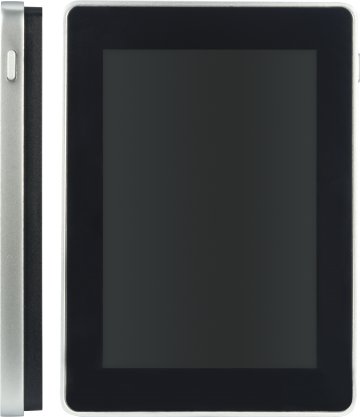

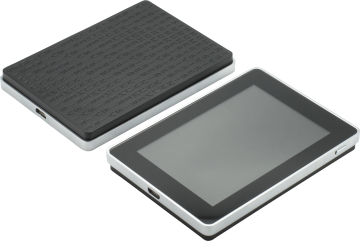
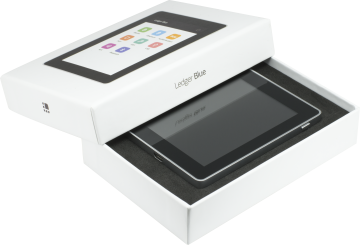
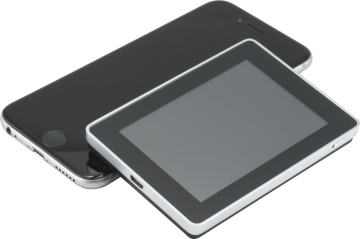
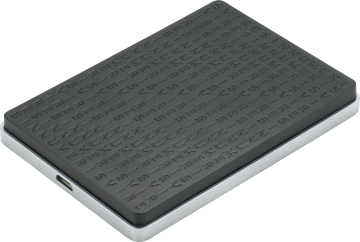

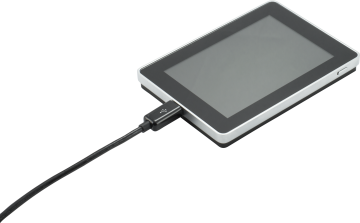
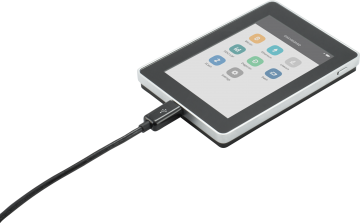









FAQ 18
Ask your own question